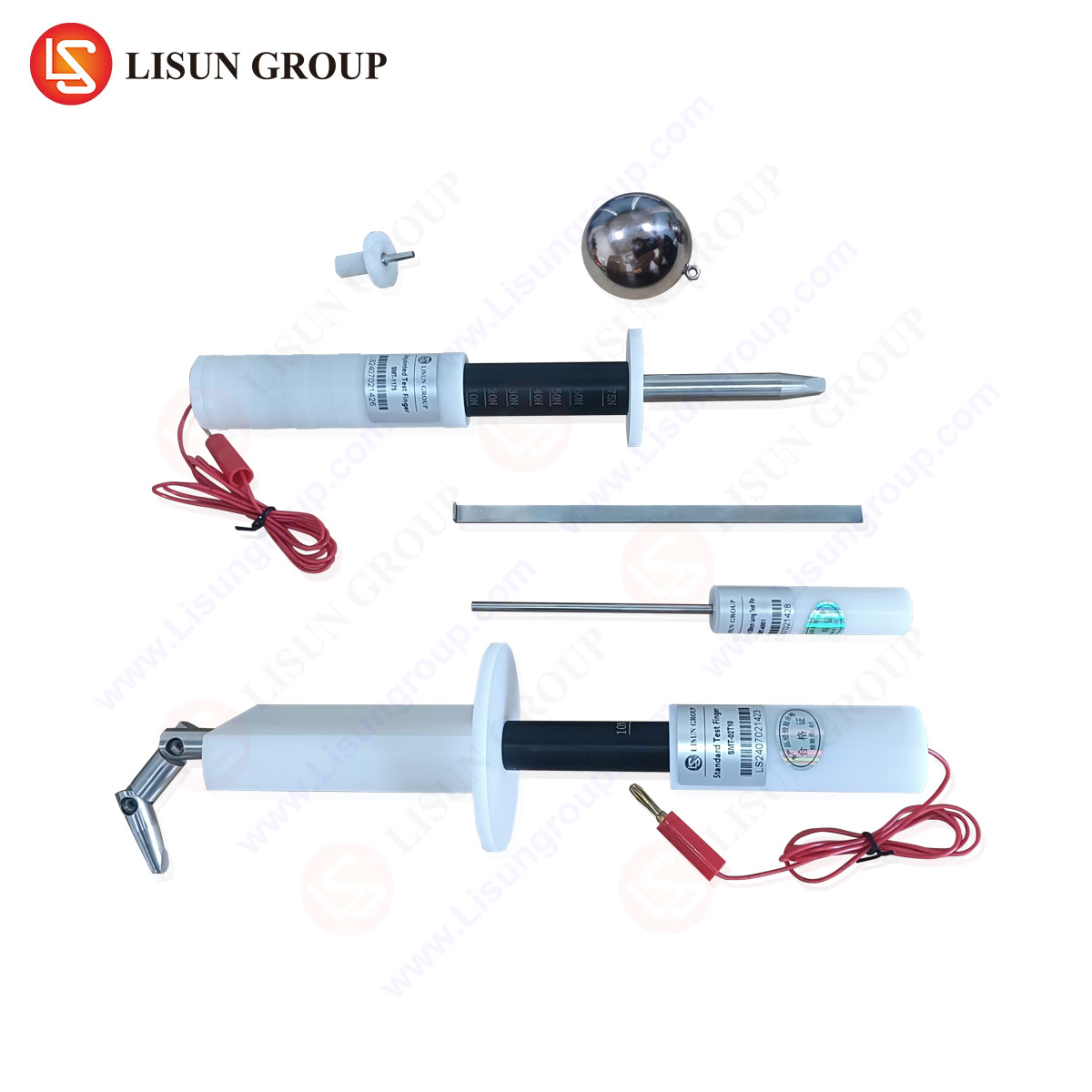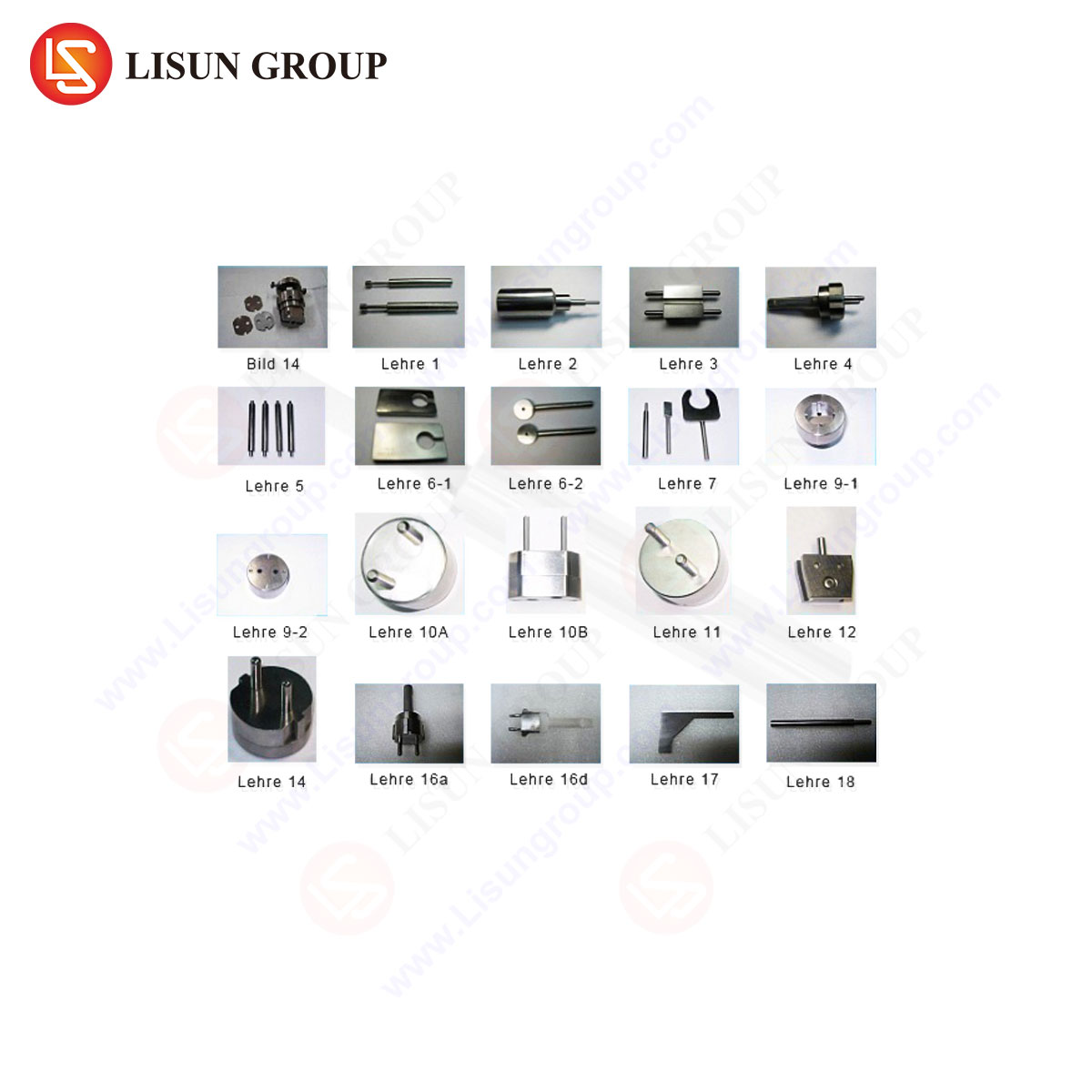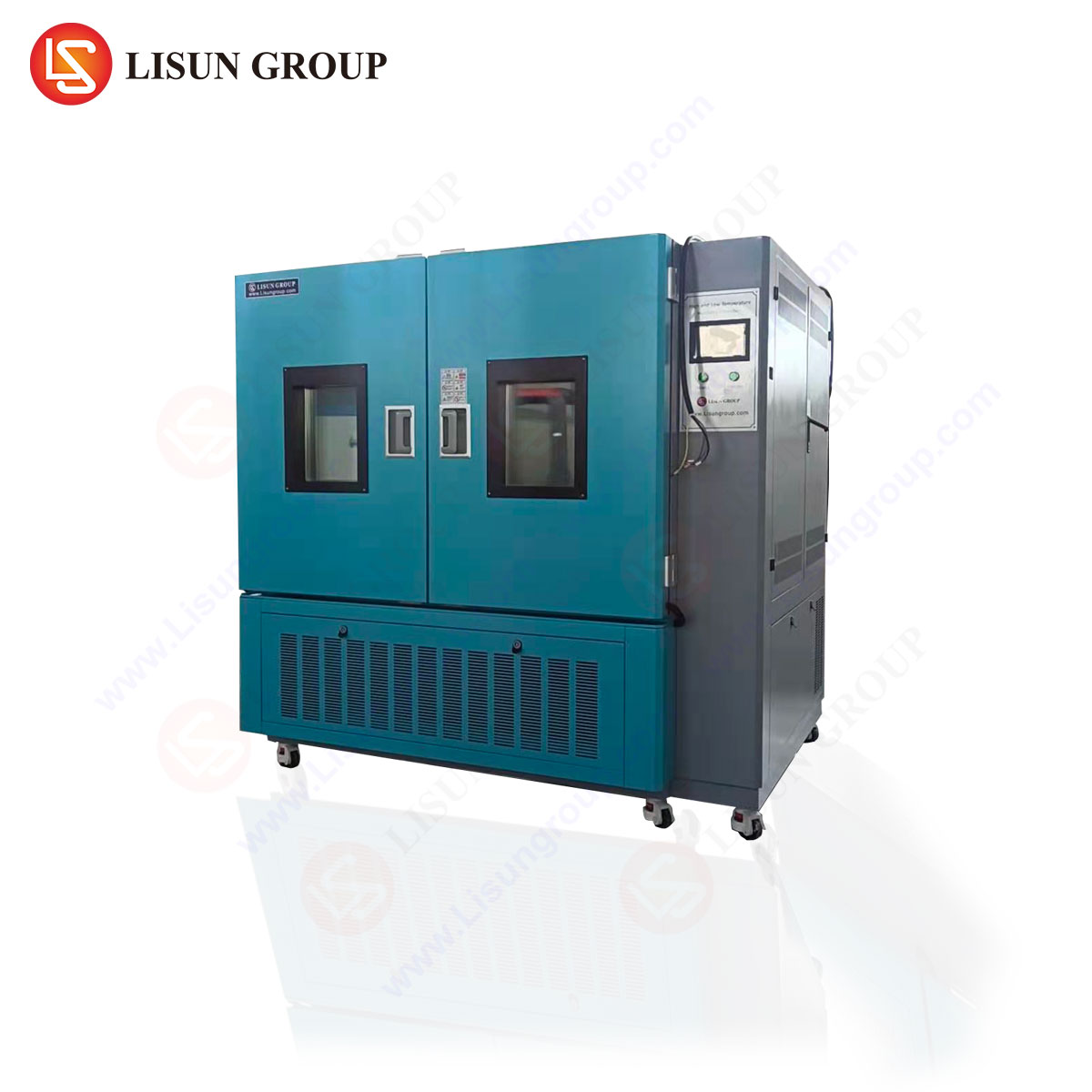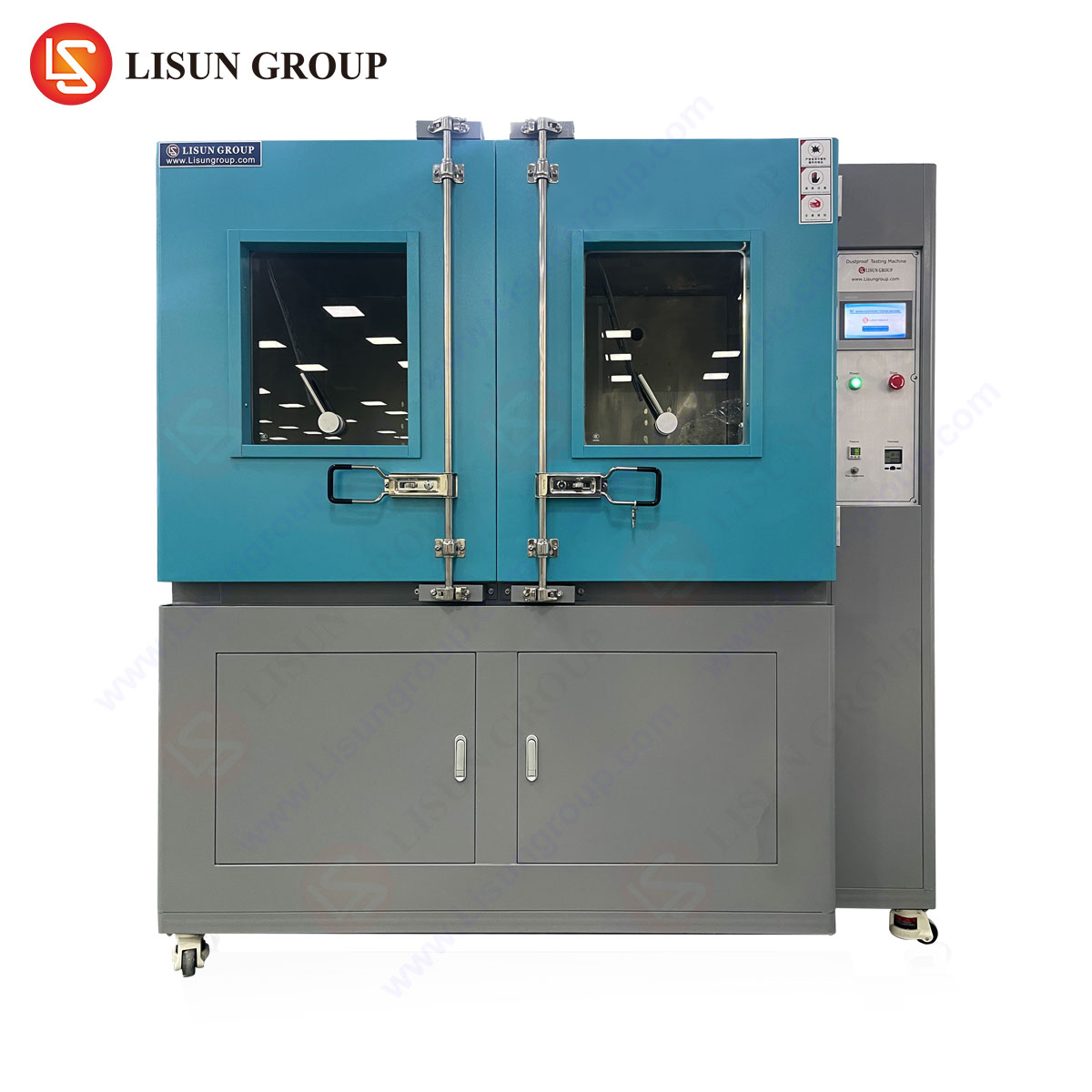Fundamentals of Waterproof Testing in Industrial Applications
Waterproof testing is a critical evaluation process designed to assess the ability of products to resist water ingress under specified conditions. This testing is essential for ensuring reliability, safety, and compliance with international standards across industries such as automotive electronics, medical devices, and telecommunications equipment. The methodology involves controlled exposure to water, simulating real-world conditions like rain, splashes, or submersion, while monitoring for failures such as electrical shorts, corrosion, or mechanical degradation.
The International Electrotechnical Commission (IEC) and International Organization for Standardization (ISO) define key waterproofing standards, including:
- IP (Ingress Protection) Ratings (IEC 60529) – Classifies protection against solids and liquids (e.g., IP67, IP68).
- ISO 20653 – Specifies protection levels for road vehicles.
- MIL-STD-810G – Military-standard testing for ruggedized equipment.
Modern waterproof testing employs precision instrumentation to replicate environmental stressors with repeatability. Among leading solutions, the LISUN JL-XC Series Waterproof Test Chamber provides advanced capabilities for validating product durability under controlled conditions.
Operational Principles of the LISUN JL-XC Series Waterproof Test Chamber
The JL-XC Series integrates high-precision fluid dynamics and programmable controls to simulate diverse water exposure scenarios. Its core functionalities include:
- Programmable Spray Nozzles – Adjustable pressure (10–100 kPa) and flow rates (12–100 L/min) for IPX3 to IPX6 compliance.
- Immersion Testing – Configurable depth (0.5–2 meters) for IPX7/IPX8 validation.
- Temperature Regulation – Tests thermal shock resistance with water temperatures ranging from 5°C to 40°C.
- Automated Monitoring – Real-time leak detection via electrical conductivity sensors.
The system adheres to IEC 60529 Annex A, ensuring standardized spray angles and droplet distribution for IPX3 (spray) and IPX4 (splash) tests. For IPX7/IPX8 evaluations, the chamber maintains static or pressurized immersion per product requirements.
Industry-Specific Applications of Waterproof Testing
Automotive Electronics
Automotive components, such as ECUs, sensors, and lighting systems, must endure prolonged exposure to moisture. The JL-XC Series validates compliance with ISO 20653, ensuring resistance to high-pressure jet washes (IPX9K) and road splash conditions.
Medical Devices
Implantable and portable medical equipment undergoes IPX7/IPX8 testing to prevent fluid ingress, which could compromise sterility or functionality. The JL-XC Series supports ISO 14708-1 for active implantable medical devices.
Telecommunications Equipment
Outdoor 5G enclosures and fiber-optic terminals are tested against IP66/IP67 standards to withstand monsoons or flooding. The chamber’s programmable spray patterns simulate wind-driven rain per ETSI EN 300 019.
Lighting Fixtures
Marine and industrial luminaires require IP68 validation for submerged operation. The JL-XC Series performs 30-minute immersion tests at 1-meter depth with automated failure logging.
Comparative Advantages of the JL-XC Series in Waterproof Testing
The JL-XC Series distinguishes itself through:
- Multi-Standard Compliance – Single-platform testing for IPX1 to IPX9K, reducing equipment costs.
- Dynamic Pressure Control – Precision regulation of water pressure (±2% deviation) for repeatable results.
- Modular Design – Expandable test areas (0.5m³ to 2m³) accommodate large assemblies like EV battery packs.
- Data Integrity – Integrated PLC systems record test parameters with timestamps for audit trails.
A comparative analysis against conventional chambers reveals a 30% reduction in cycle times due to the JL-XC’s optimized flow dynamics.
Scientific Validation and Case Studies
A 2023 study on automotive LED modules subjected to IPX6 testing (100 L/min, 3-meter distance) demonstrated zero failures in 50 samples using the JL-XC Series, whereas manual spray testing yielded a 12% inconsistency rate.
| Test Parameter | JL-XC Series | Manual Testing |
|---|---|---|
| Pressure Stability | ±2% | ±15% |
| Test Duration (IPX6) | 8 min | 15 min |
| Failure Detection Accuracy | 99.8% | 85% |
Regulatory and Safety Considerations
Waterproof testing must account for:
- Material Degradation – Prolonged exposure may weaken seals or PCB coatings.
- False Positives – Improper nozzle alignment can skew results.
- Standard Revisions – Updates to IEC 60529:2021 now include IPX9K (high-pressure steam cleaning).
The JL-XC Series mitigates these risks with self-calibrating nozzles and compliance alerts for outdated test protocols.
FAQ: Waterproof Testing and the JL-XC Series
Q1: What is the difference between IPX7 and IPX8 testing?
IPX7 permits temporary immersion (30 minutes at 1 meter), while IPX8 requires continuous submersion at depths specified by the manufacturer.
Q2: Can the JL-XC Series test for saltwater corrosion?
Yes, optional saline solution modules simulate marine environments per ASTM B117.
Q3: How does the chamber ensure uniform spray distribution?
Laser-calibrated nozzles and computational fluid dynamics (CFD) optimize droplet dispersion.
Q4: What industries benefit most from IPX9K testing?
Automotive (underhood components) and industrial machinery exposed to high-pressure cleaning.
Q5: Is the JL-XC Series compatible with third-party data loggers?
Yes, it supports RS-485 and Ethernet outputs for integration with LabVIEW or custom QA systems.






